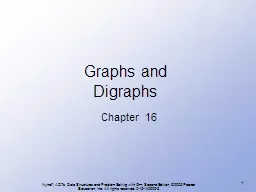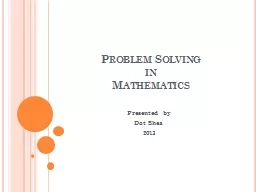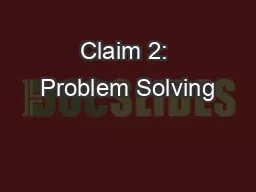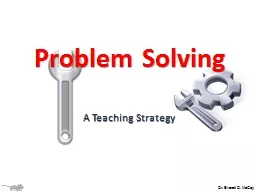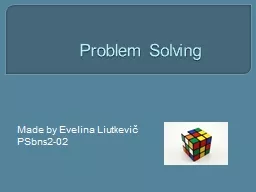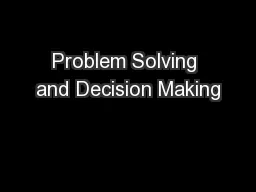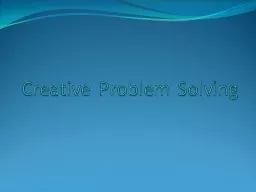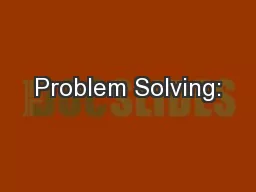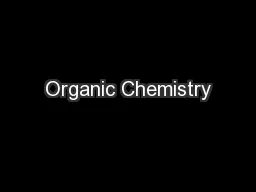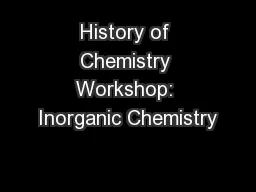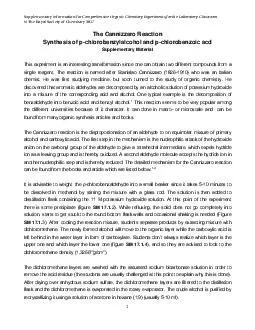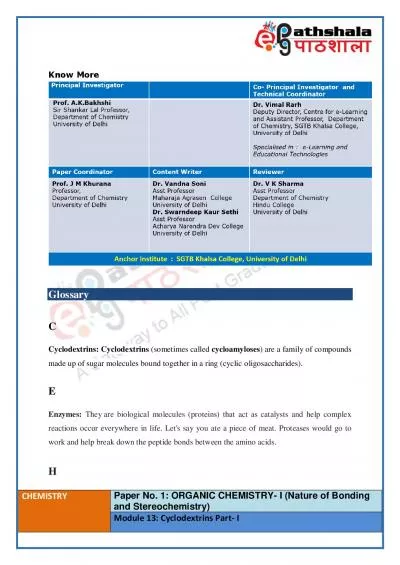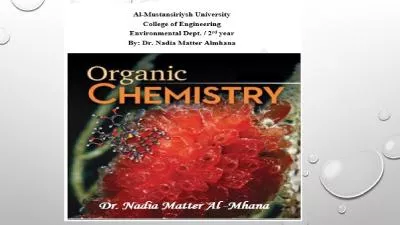PPT-CH105.2 Part 1: Problem Solving in Organic Chemistry
Author : bikerssurebig | Published Date : 2020-08-28
Carbon Intermediate Types Before anything else Remember that organic reactions no matter how difficult they may seem simply involve the reaction between positivepartial
Presentation Embed Code
Download Presentation
Download Presentation The PPT/PDF document "CH105.2 Part 1: Problem Solving in Organ..." is the property of its rightful owner. Permission is granted to download and print the materials on this website for personal, non-commercial use only, and to display it on your personal computer provided you do not modify the materials and that you retain all copyright notices contained in the materials. By downloading content from our website, you accept the terms of this agreement.
CH105.2 Part 1: Problem Solving in Organic Chemistry: Transcript
Download Rules Of Document
"CH105.2 Part 1: Problem Solving in Organic Chemistry"The content belongs to its owner. You may download and print it for personal use, without modification, and keep all copyright notices. By downloading, you agree to these terms.
Related Documents


